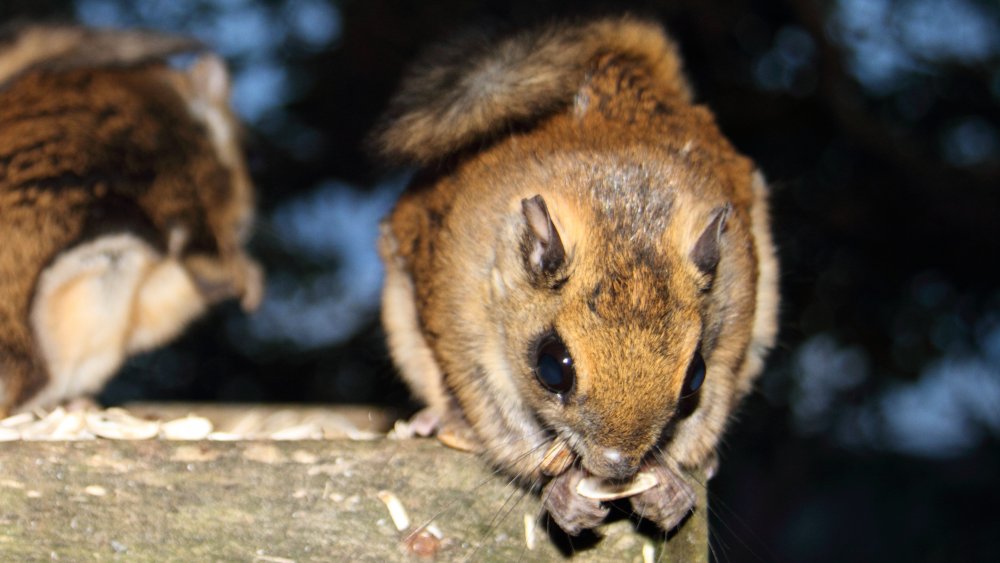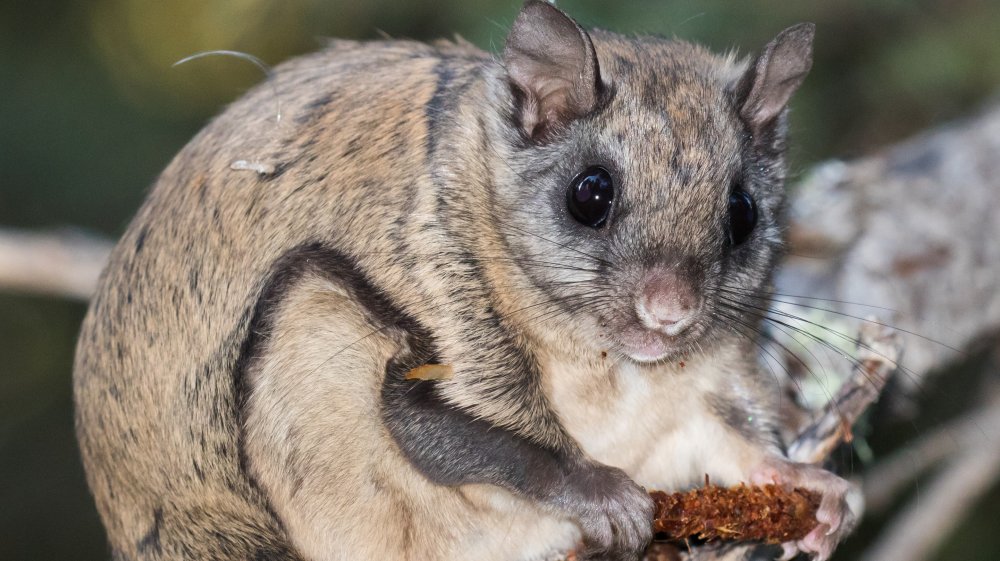Here's What You Don't Know About Japan's Adorable Flying Squirrels
Cute, fluffy, full of personality ... and airborne? Japanese flying squirrels come in jumbo and fun-sized packages, and could just make you love rodents. Despite its name, the flying squirrel glides rather than flies, but it can still travel nearly 300 feet using a membrane that stretches from its forelimbs to hind legs, according to ADW, a website maintained by the University of Michigan, Museum of Zoology.
A full bushy tale helps the squirrel balance and control its speed as the animal leaps from branch to branch. Always cautious, the squirrels land on trees and immediately changes their position in case predators are following them.
The squirrel moves silently while in air, and rarely touches the ground since most of its food comes from trees, according to Animalia.com. The animals actually eat hanging upside down, stretching their bodies to find food rather than moving around. As herbivores, they like nuts, pine seeds, buds, tree bark, fruit and the occasional insect.
You might not spot the flying squirrels in the wild since their colors blend into tree bark. Look for bumps in the trunk to find them. But you can view flying squirrels in zoos and in Japan there are squirrel tours available, such as the Picchio Wildlife Research Center in Karuizawa.
Would you prefer the jumbo or fun sized version?
The flying squirrel has been around for a while — about 18 to 20 million years, and is found mostly on Japan's Honshu, Kyushu and Shikoku islands. There are two Old World flying squirrels, the dwarf and the giant. Called the musasabi by locals, the giant squirrel is two feet long and about three pounds, according to The Animal Rescue Site, and it lives in conifer or evergreen forests.
Flying squirrels live four to five years in the wild and 10-15 years in captivity, according to Animalia.com. No matter where the squirrel spends its days, it likes to sleep. Nocturnal creatures, the animals slumber in nests and trees until dusk and then glide through the night. While Japanese flying squirrels don't hibernate, they can snuggle down for days during the winter. According to Hoshino Resorts magazine, the squirrels store food in the autumn for the colder months.
Squirrel moms take good care of their offspring. There are two reproductive seasons each year (winter and summer) for dwarf flying squirrels and the females give birth to just one or two furry babies, according to ADW, because of the amount of time moms spend with them until they can glide well. Newborns share nests with their mothers until they become independent at 12 to 18 months.
You can also see other varieties of flying squirrels in North and Central America, China and parts of Southeast Asia, according to National Geographic.com. So if you're not visiting Japan any time soon, you can still appreciate the wonder of squirrel flight in other destinations.

